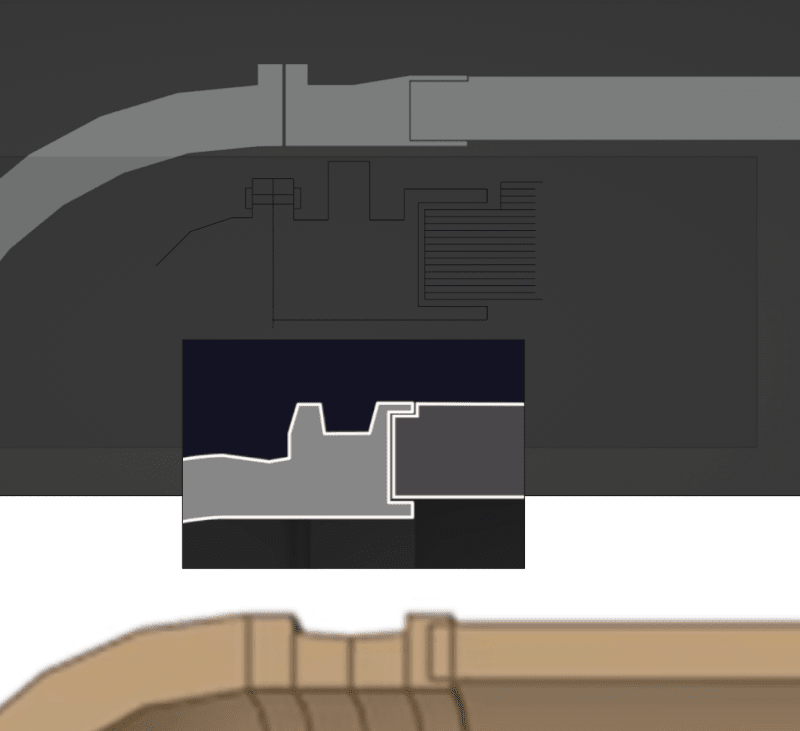For cavitation, is it the temperature? or the impact of the fluid from the opposite side of the 'bubble'? or a mix of both?
-----*****-----
So strange to see the singularity approaching while the entire planet is rapidly turning into a hellscape. -John Coates
-Dik
-----*****-----
So strange to see the singularity approaching while the entire planet is rapidly turning into a hellscape. -John Coates
-Dik

![[ponder] [ponder] [ponder]](/data/assets/smilies/ponder.gif)
